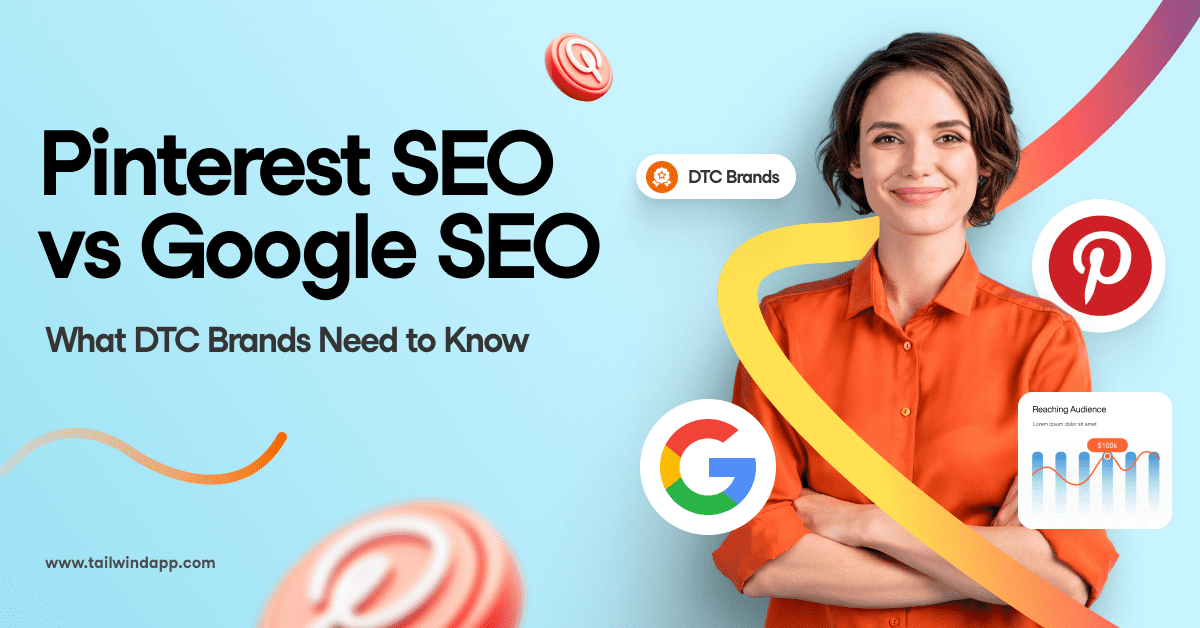
If you want to take your brand to the next level, a marketing plan is essential for your success. However, it can be a challenging task to take on!
Where do you start, and how can you make sure that your marketing plan is successful?
If you want to create a tourism marketing strategy like an expert, there are a few things you should know. Let’s talk about how it works and how you can build your brand professionally to stand out against the competition.
What is a Tourism Marketing Plan and Why is It Important?
A marketing plan can make or break a business, especially in the tourism industry.
Without goals, objectives, and a strategy for how you can achieve those goals, you’ll find it extremely difficult to convert customers and draw guests to your business.
According to Our World in Data, 1.4 billion tourist arrivals were recorded in 2018 across the globe. Statista also reports that the tourism industry is set to reach $992.10 billion by 2026.
It’s clear that there is a lot to be earned for businesses from the tourism industry, but that potential can only be tapped into with a solid marketing strategy.
A strategic tourism marketing plan can help businesses get their brand and services in front of more of these potential customers!
Steps to Create a Travel Marketing Plan
There are a number of different steps that businesses can take to create professional tourism marketing strategies. These involve taking a deeper look into your objectives, your audience, and your brand.
Conduct a SWOT Analysis
A Strengths, Weaknesses, Opportunities, and Threats (SWOT) analysis is a great tool to use before you come up with any kind of plan or strategy.
It helps you understand your business and what skills and resources you’re bringing to the table. This is the most important groundwork for coming up with your marketing strategy!
For example, you may note that one of your greatest weaknesses is that your website may have not yet ranked very high on search results for competitive keywords your audience is searching for.
However, a strength you have might be social media marketing. Leveraging your social media skills may be a good opportunity for you in this case!
Outline Your Value Proposition
You need to understand specifically what value your business brings to your customers. If you offer a travel service, you’ll want to understand exactly what your clients receive and how this is different from your competitors.
You need to make a worthy argument for why a traveler should come to you.
Conduct Competitor Research
Your competitors are an important resource for learning and can help you understand what your business can do that’s different from what they offer. Researching the strengths, weaknesses, and strategies of your competitors can give you ideas on how to apply techniques in a unique way that attracts new travelers to your business strategically.
Create Your User’s Journey
This is an especially important step for creating a travel marketing plan. The user’s journey is how your clients find your travel business from beginning to end.
This can be a very complicated journey to follow, as potential clients will often research many different brands when deciding which one to choose. A study by Expedia showed that users visit as many as 38 different websites when researching travel options. You need to understand how the funnel to your business works in order to find ideas on how to nudge travelers in the right direction to make a sale. [LS1]
One of the most important things to consider when thinking about how to funnel in more sales is to identify your target audience. Who are the travelers you’re looking to attract? Where are they going? When do they decide to travel? What are their interests? Paying close attention to these details can help you tailor your marketing to these travelers and make your marketing and brand even more successful.
Develop Your Marketing Strategy
Once you have a great understanding of your own business, your competitors, and the travelers you are looking to convert, it’s time to develop your marketing strategy.
In the travel industry, there are eight important rules to remember when developing your marketing plan:
- Product or Service: how does your product or service sell itself to your audience?
- Price: what’s the best price to sell your service for?
- Promotion: how are you going to make people aware your services are on the market?
- Place: where are your products or services being offered?
- Positioning: how are you presenting your product or service? What’s different between your product and the competition?
- People: how can you humanize your product or service? Who is involved that is instrumental in its success?
- Partnerships: what audiences or businesses are you working with to bring your product to market?
- Packaging: how does your brand, product, or service appear to your audience? What is your audience’s first impression like when they see your product?
Decide Which Platforms to Focus On
Trying to target every platform in existence may not be the best choice for your company. Instead, think about what platforms your audience is using to find travel solutions. If you can target these platforms, you’ll be more likely to succeed. These may be social media sites or travel service platforms.
You can also use online advertising. These may involve getting your business into the Google Adsense network or Google search result ads. You may even take a step into the world of organic search by creating SEO-optimized content on your website.
You can write blog posts on your website that rank in search results for competitive keywords. If these posts are genuinely helpful for travelers, they can boost your site’s traffic and conversions greatly.
How to Use Social Media in Your Tourism Marketing Plan
Social media is extremely important for modern marketing, especially for travel businesses like yours.
The travelers you are looking to convert are using social platforms like Instagram and Pinterest to find inspiration and ideas for their travel plans.
It’s important to promote your business to them so that they are more likely to choose you when they decide to make their trip.
Social media marketing is different from the way consumers use social media. It’s not just about random thoughts and images.
Instead, it’s very strategic and involves planning, research, and an understanding of one’s audience. Tools like Tailwind are important for helping businesses schedule and optimize their social media for maximum success with their audience.
Learn more about how to execute an expert social media campaign from our Guide to Social Media Campaigns!
Track and Measure Your Goals
It’s extremely important that businesses track and measure their goals when executing their travel marketing plan. If things aren’t going according to plan, that’s okay! It’s better to understand that things aren’t working out and pivot sooner rather than later. If things are going well, take a look at what’s going well and think about how you might make those elements even more effective.
Some ways to track and measure your goals include measuring your click-through rate, bounce rate, time on site, and pages per visit, as well as social media engagement. You can also measure lead generation with metrics like cost per lead (CPL), lead quality, and most importantly conversion rate.
However, it’s a good idea not to tunnel vision into staring at just one metric like your conversion rate. It’s important to think about what influences your conversion rate more specifically in order to make that number tick up.
SMART Goals
SMART goals are one way to simplify this process. Specific, Measurable, Achievable, Realistic, and Timely goals can help you not only set goals that are meaningful and useful but also helps you put the data you measure into perspective.
Does the data you’ve collected reflect your goal realistically? Do you need to scale back your goals a bit, or is it time to expand to the next level? The answers will depend on your business and how well your travel marketing plan has performed.
What to Do Once You’ve Created Your Tourism Marketing Plan
Now that you’ve created your tourism marketing plan, it’s time to prepare for launch! Follow your strategy closely, but don’t be afraid to pivot along the way. The best way to know when to pivot is to monitor your progress and results with data. Keep track of your social media metrics and website performance. Make sure to track your progress closely and make note of what works and what doesn’t.
Make sure that you’re always updating your social media as well. This is best done with professional tools like Tailwind which make it easy to update social media profiles on Instagram and Pinterest. It also helps with optimization and social post scheduling. With post scheduling, you can make sure that your social media accounts are posting updates for your traveler audience on time in advance.
Armed with the ability to create your own travel marketing plan, it’s time to take your business to the next level. It’s up to you to decide how your business succeeds!









